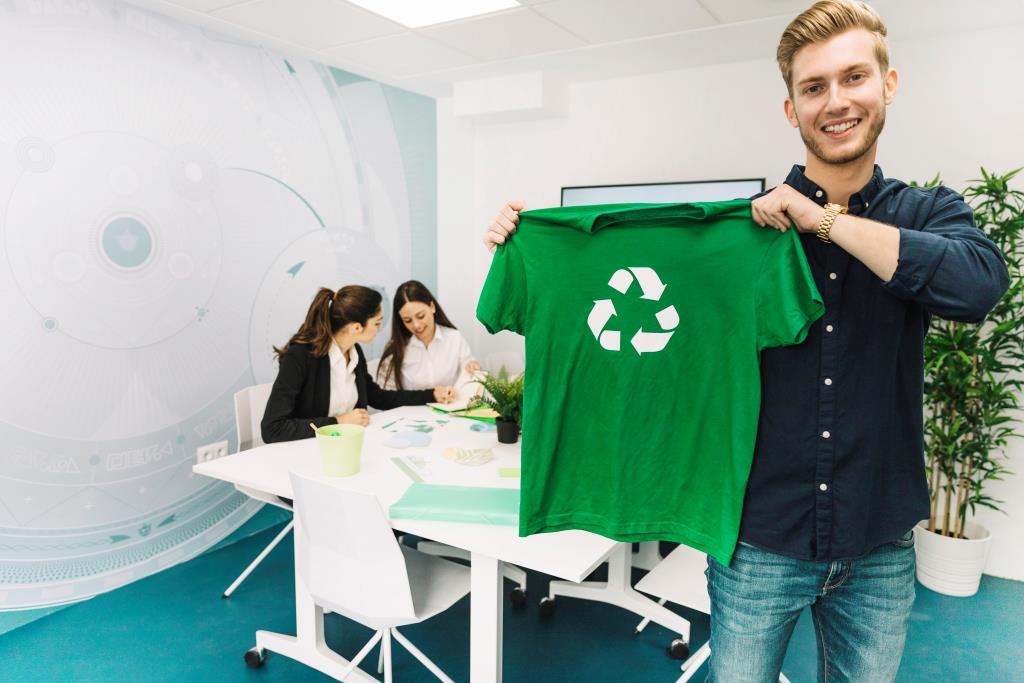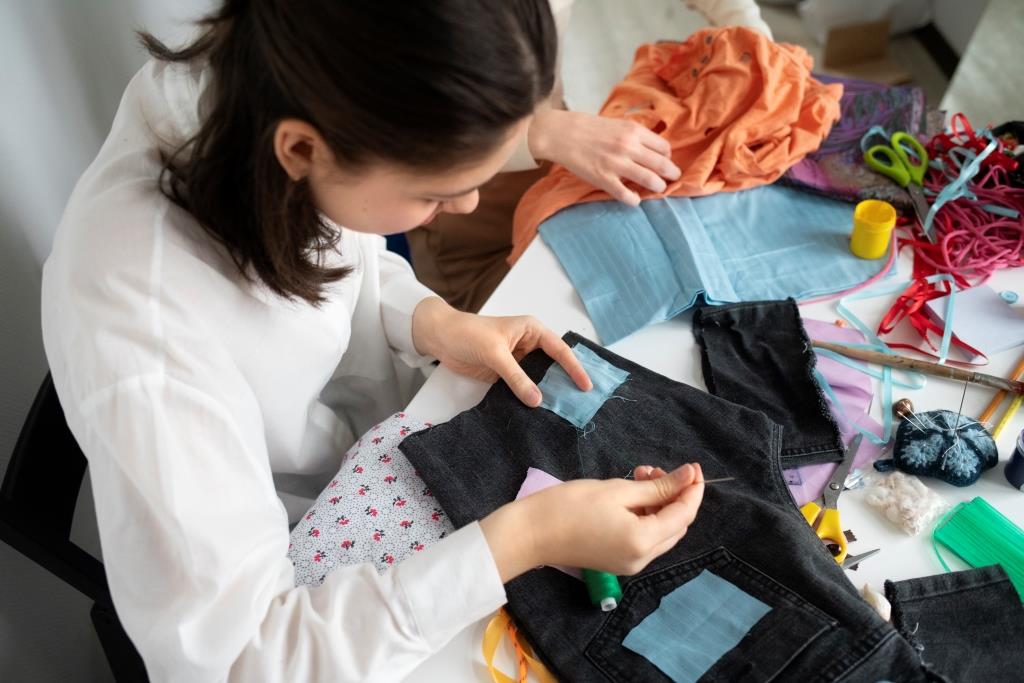As we celebrate World Environment Day, it’s a timely moment to explore the exciting advancements within the textile industry that are shaping our sustainable future. In recent years, textile waste has become an escalating global issue, with the Earth.org reporting in 2022 that an estimated $500 billion is lost annually due to discarded clothes that are neither recycled nor donated. However, with mounting public awareness and a growing commitment toward a circular economy, this is set to change. The number of times a garment is worn has declined by around 36% in 15 years. The throwaway culture has worsened progressively over the years. At present, many items are worn only seven to ten times before being tossed. That’s a decline of more than 35% in just 15 years.

Tackling the Textile Waste Challenge-
The fashion industry produces an estimated 92 million tons of textile waste each year, equivalent to a dump truck’s worth of textiles being landfilled or incinerated every second. The fashion industry has recognized the problem and is responding with innovative approaches, turning the concept of ‘waste to wear’ into a reality. This entails giving new life to used and discarded garments, converting them into new textiles and products.
Innovations in ‘Waste to Wear-
Numerous pioneering companies have turned their focus to addressing textile waste and promoting a sustainable fashion industry.
Re:newcell
Swedish company re: new cell has made remarkable strides in recycling textiles. They’ve developed a unique process, breaking down used cotton and other natural fibres into a pulp which can be transformed into new textile fibres biologically identical to virgin ones. This circular technology has the potential to drastically reduce the carbon footprint of the fashion industry. According to the company’s data, their Circulose® material emits 79% less CO2 compared to virgin cotton.
Evrnu
Evrnu, a US-based textile innovations company, has developed NuCycl technology that transforms old clothing into high-quality, reusable fibres. These fibres, generated from discarded cotton apparel, are softer, stronger, and have a smaller environmental footprint compared to traditional cotton. A Life Cycle Assessment (LCA) by third-party analysts indicates that the production of NuCycl fibre uses up to 98% less water and has a 90% lower carbon footprint than the production of virgin cotton.
Adidas & Parley for the Oceans
The collaboration between sportswear giant Adidas and environmental organization Parley for the Oceans is another testament to innovation in the ‘waste to wear’ realm. In 2020, they launched a line of athletic shoes made from recycled ocean plastic. Each pair of shoes prevents approximately 11 plastic bottles from entering the oceans, demonstrating the potential of transforming waste into commercially viable products.
Orange Fiber
Innovations in ‘waste to wear’ are not limited to recycling old textiles. The Italian company Orange Fiber uses byproducts from the citrus industry to produce sustainable fabrics. Using a patented process, cellulose is extracted from citrus peels and spun into a silk-like fabric. This approach represents a new way of conceiving textile production, leading to the creation of valuable raw materials from waste and supporting a circular economy in the fashion industry.

The Future of ‘Waste to Wear’
While the above examples are inspiring, they still represent a small fraction of the global textile market. Therefore, the role of consumers, policymakers, and the broader industry is crucial in fostering and scaling these solutions.
Fashion Revolution’s 2021 Consumer Insights Report highlights that 73% of consumers believe it’s important for brands to have a positive impact on the environment. As consumers, we can drive the change toward sustainable fashion by choosing to support brands that prioritize eco-friendly production methods, use recycled materials, and have transparent supply chains.
Simultaneously, policymakers need to encourage circularity in the fashion industry. For instance, the European Union’s “New Circular Economy Action Plan” aims to ensure that the textile industry minimizes waste and makes sustainable products the norm.
The ‘waste to wear’ approach is a beacon of hope in the quest for a sustainable fashion industry. As we celebrate World Environment Day, it’s time to reflect upon and act toward embracing these innovative solutions. Through a concerted effort from consumers, brands, innovators, and regulators, we can transform the fashion industry into a model of sustainability and circularity, effectively ensuring that the clothes of today do not become the waste of tomorrow.
Shared By : Palak Sharma




